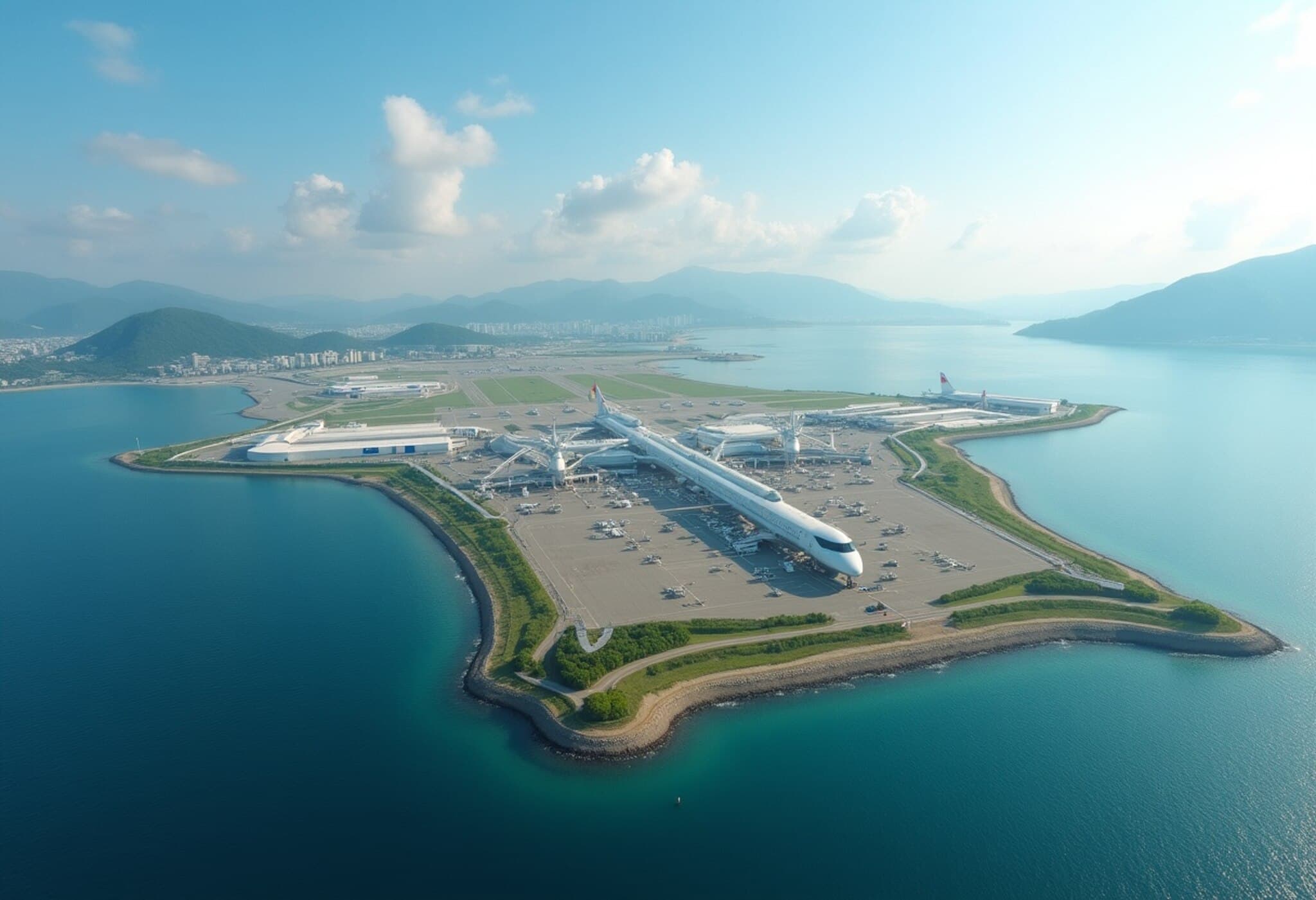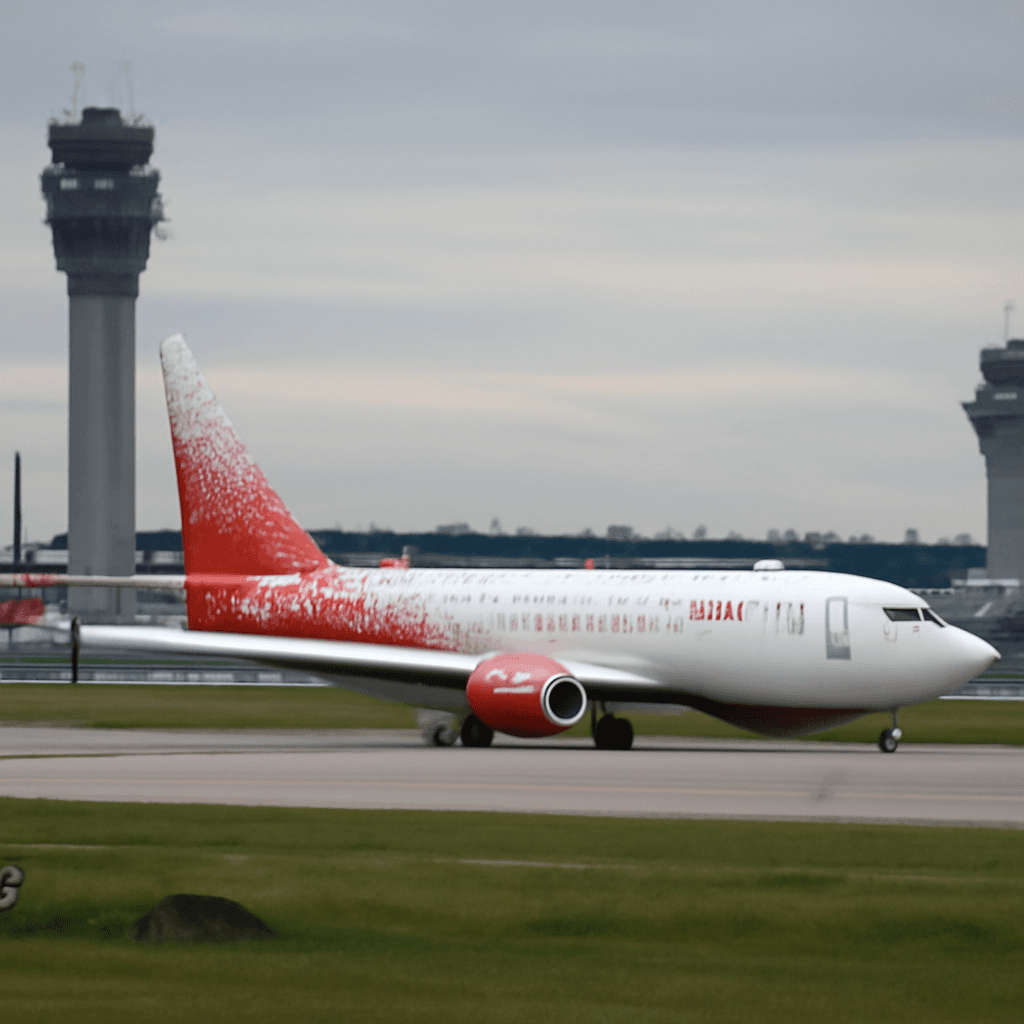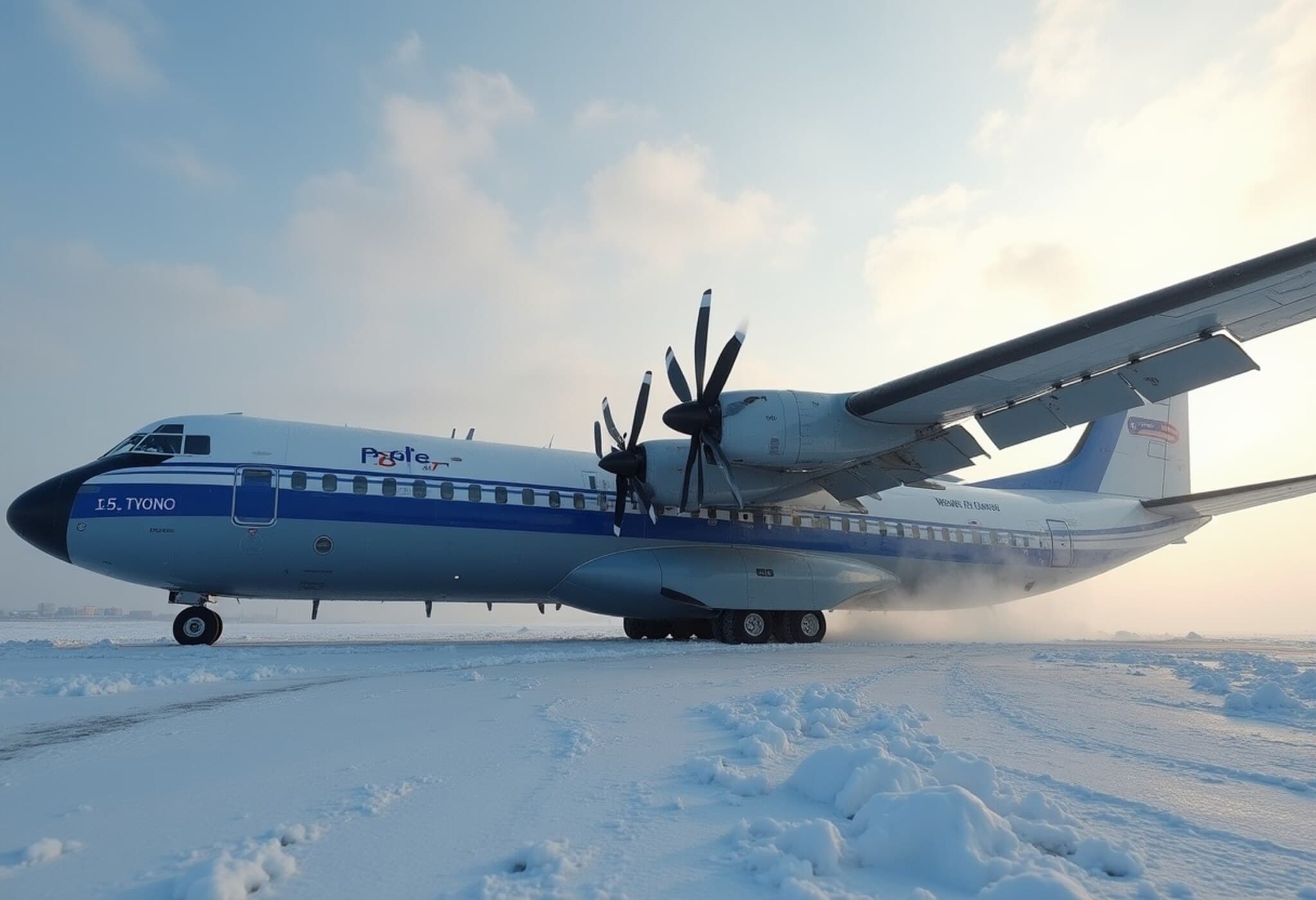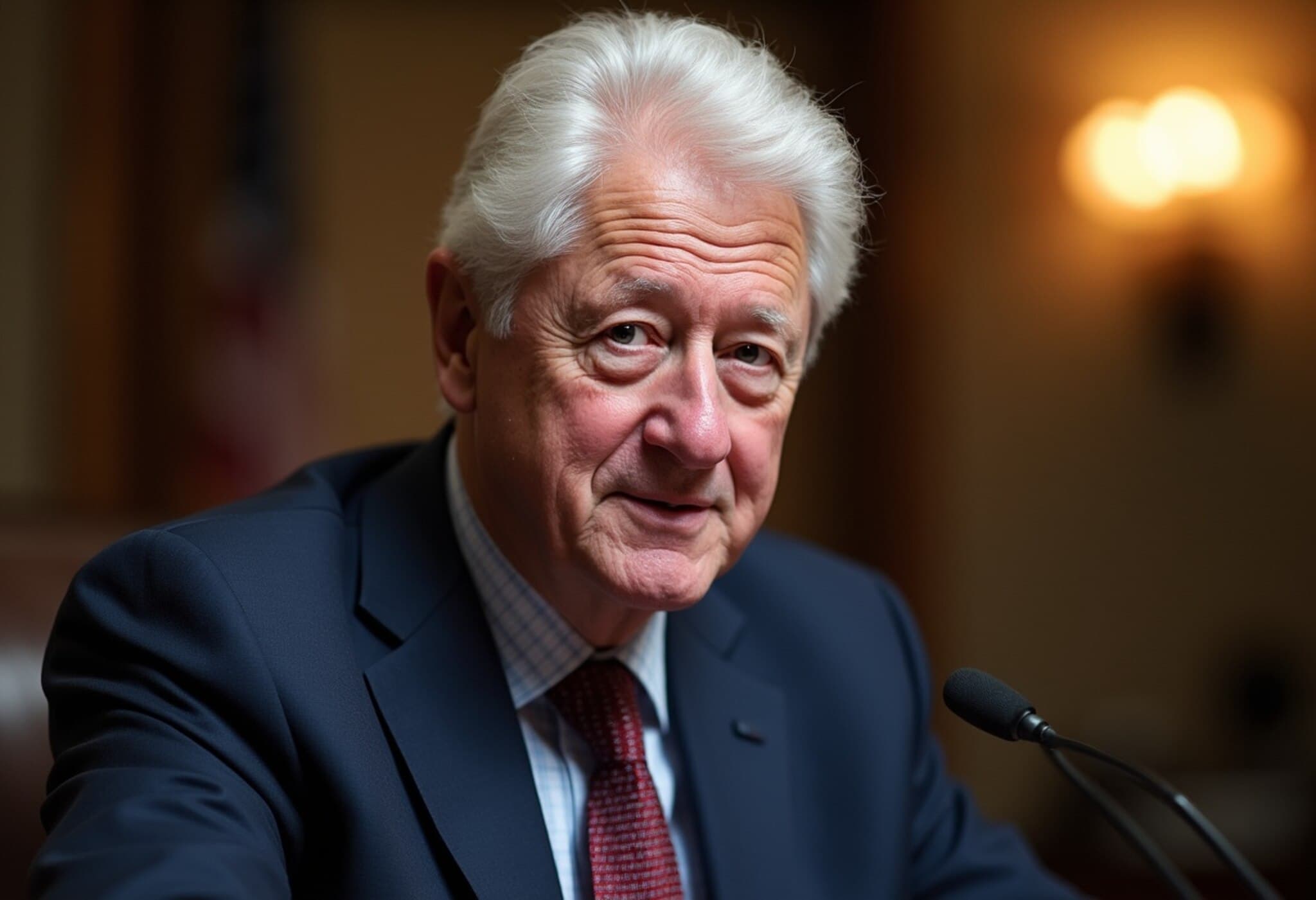Japan’s Kansai International Airport Grapples with Sinking Island
Kansai International Airport (KIX), widely acclaimed for its striking design and operational excellence, is confronting an unexpected adversary: the gradual sinking of the man-made island it occupies in Osaka Bay. Since its opening in 1994, this architectural and engineering feat has become a key international aviation hub, but it now faces a serious challenge from the soft clay foundation beneath it.
The Sinking Problem: How Serious Is It?
Data reveals that the airport’s original artificial island has subsided about 12.5 feet since its inauguration. More concerning is the second island, constructed later during expansion efforts, which has sunk an astounding 57 feet from the time the landfill operations began. Just last year, measurements recorded a 21 cm drop at 54 different points across the newer island.
Despite this, Kansai Airports, the operator, emphasizes that some settling was anticipated in the design phase. Recent observations also suggest the rate of sinking is decreasing, currently less than 10 cm (4 inches) annually, a pace deemed manageable by experts.
Engineering Challenges and Lessons Learned
The airport was built atop roughly 20 meters of soft alluvial clay, making it vulnerable to compression and subsidence. Engineers used extensive landfill materials — including 2.2 million vertical pipe drains, 200 million cubic meters of debris, and 48,000 tetrapods — to stabilize the foundation. Still, the clay’s unexpected compaction has caused the island to sink more than anticipated.
To combat rising sea levels and the encroachment of water, over $150 million has been invested in reinforcing and raising sea walls around the airport island. However, the airport's vulnerability became painfully evident in 2018 during Typhoon Jebi, when a powerful storm surge flooded critical infrastructure, disabling power and stranding thousands of passengers.
What Experts Say About the Future of Kansai Airport
While challenges persist, specialists view Kansai Airport as a valuable case study. Hiroo Ichikawa, an urban planning expert, underscored that the experience has informed the development of other offshore airports—like Chubu Centrair near Nagoya—which has experienced significantly less subsidence.
Ichikawa explains that design strategies now better account for sinking effects, and continuous monitoring helps manage the issue. Ultimately, he notes, it becomes a matter of balancing cost with feasible engineering solutions.
The Road Ahead
Kansai International Airport remains a marvel of modern engineering and a vital gateway connecting over 30 million passengers annually to 91 cities worldwide. Yet, its ongoing battle with nature underscores the complexities of offshore infrastructure projects, emphasizing the need for vigilant maintenance and adaptive engineering to secure its future.











